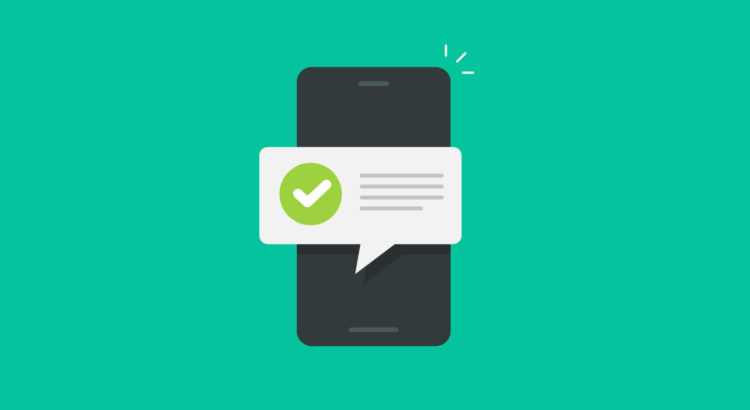As the mobile app market becomes increasingly competitive, businesses are realizing that launching an app in just one language or region limits their true growth potential. With over 6.9 billion smartphone users globally, the opportunity to reach new markets is massive. However, scaling your app internationally is not as simple as translating the interface-it requires a strategic, user-centric approach known as localization.
At Razorse, we help companies unlock global markets by implementing smart, scalable localization strategies. In this blog, we’ll walk you through the best practices to effectively localize your mobile app and maximize global success.
1. Build with Internationalization (i18n) in Mind
Before you even think about launching in other countries, your app should be built for international readiness. This process-known as internationalization (i18n)-ensures your app can easily adapt to different languages and regions without needing major structural changes.
Some key internationalization tips:
- Use Unicode (UTF-8) to support multiple character sets and languages
- Avoid hardcoding text-store all user-facing content in separate resource files
- Design flexible UI layouts that can accommodate longer text (e.g., German or Finnish)
- Support right-to-left (RTL) languages like Arabic or Hebrew
By designing with scalability in mind, you eliminate friction when it’s time to localize.
2. Go Beyond Translation
One of the biggest misconceptions is that localization is just about translating words. In reality, it’s about creating an authentic, culturally relevant experience for each market. This means capturing tone, context, and cultural nuance.
For example, while English-speaking users might appreciate a casual, friendly tone, a more formal tone may resonate better with users in Japan or Germany.
Best practices for translation:
- Use professional human translators or native speakers familiar with app terminology
- Avoid automated tools like Google Translate for critical user-facing content
- Ensure contextual accuracy-“Save” could mean saving a document or money, depending on usage
- Test translations for idiomatic accuracy and regional dialect differences
A Spanish translation may work for Spain, but users in Argentina or Mexico may prefer localized terminology.
3. Respect Cultural Norms and Design for Diversity
Localization extends to visuals, symbols, gestures, and even colors. What looks appropriate in one culture may be confusing-or even offensive-in another. For example:
- The color white symbolizes purity in Western countries, but mourning in some Asian cultures
- A thumbs-up icon may be positive in the U.S. but offensive in parts of the Middle East
- Calendar formats, currencies, and units of measurement vary significantly by region
To make your app culturally sensitive:
- Localize all visual assets, including banners, icons, and onboarding illustrations
- Use locale-specific formatting for dates, times, phone numbers, and currencies
- Be aware of local regulations, such as data privacy laws like GDPR in Europe
Providing users with an experience that feels local-not foreign-builds trust and boosts retention.
4. Localized App Store Optimization (ASO)
Your app’s success depends on visibility. That means optimizing your app store presence for each target market through localized App Store Optimization (ASO).
Tips for effective localized ASO:
- Translate your app name, subtitle, and description using keywords specific to that region
- Use region-relevant screenshots and promotional videos
- Encourage reviews and ratings from local users to boost regional credibility
- Monitor performance metrics and keyword trends by country
For example, a fitness app that ranks well for “weight loss” in the U.S. may need to target “fat burning” or “body shaping” in Japan to achieve the same visibility.
5. Test Rigorously in Each Locale
Before a global rollout, it’s crucial to test your app in each new region to ensure the localized version works flawlessly. This goes beyond standard QA and includes:
- Linguistic testing – checking for grammar, context, and correct tone
- UI/UX testing – ensuring layouts still work with longer or RTL text
- Functional testing – verifying app performance across local networks, devices, and OS versions
Consider running a soft launch or beta test with users from each region to gather real-world feedback. This can reveal cultural missteps, usability issues, or bugs that automated tools may miss.
6. Offer Localized Customer Support
A localized app experience must be supported by localized customer service. If users encounter issues or have questions, they expect help in their own language. Offering multilingual support channels via in-app chat, email, or help centres builds credibility and loyalty.
If providing full support in all languages isn’t feasible, start by localizing support for your top-performing regions and expand as needed.
7. Plan for Continuous Localization
Localization is not a one-time project. Your app will evolve, and so should your localized content. Whether you’re launching new features, updating content, or rebranding, ensure that all updates are reflected across every localized version of the app.
Adopt a continuous localization workflow using translation management tools that integrate with your development pipeline. This helps maintain consistency while reducing time to market for updates.
Final Thoughts
Going global with your mobile app is no longer optional-it’s a strategic growth imperative. But global reach means local relevance. With the right localization strategy, you can transform your app into a truly global product that speaks to users in their language, culture, and context.
At Razorse, we specialize in helping businesses scale seamlessly across borders. Whether you’re expanding into one new market or many, our expert team can guide you through every step-from localization planning to execution and optimization.
Let’s localize smart, scale fast, and make your app feel at home-everywhere.
#MobileAppLocalization #GlobalAppGrowth #AppScaling #ASO #LocalizationStrategy #Razorse #ScaleWithRazorse #AppDevelopment #GoGlobalWithRazorse





